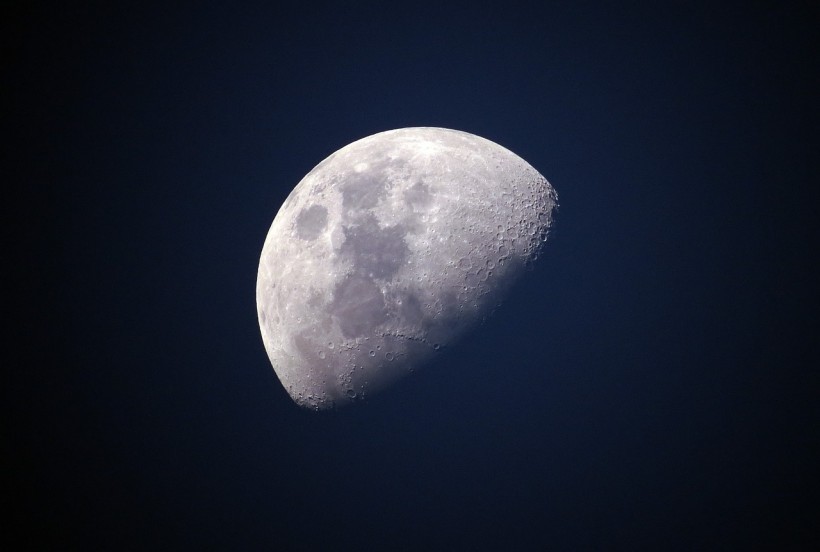The Moon's photos are one of the wonders of astrophotography that reminds humans of the grandeur and magnificence of the universe. That is why getting a close-up image of its surface is incredibly important yet challenging due to the immense distance between Earth and its natural satellite.
Sometimes, a photo of the Moon from Earth could get blurry or pixelated, essentially degrading the image resolution over time. But what if there is a way to get a high-resolution image of the lunar surface from Earth?

Highest-resolution Radar Images of the Moon Reveals a Never-before-Seen Image of the Lunar Surface
Taking High-Resolution Images of the Moon From Earth
A collaborative team of scientists and engineers from the National Radio Astronomy Observatory (NRAO), Green Bank Observatory (GBO), and Raytheon Intelligence & Space (RIS) set out to capture the highest-resolution radar images of the Moon ever collected from the ground.
Amazing Prototype Reveals The Moon Like We've Never Seen It Before https://t.co/LABHuHbazX
— ScienceAlert (@ScienceAlert) February 13, 2023
According to GBO's news release, the team used the National Science Foundation's Green Bank Telescope (GBT) and Very Long Baseline Array (VLBA) to capture the highest-resolution radar images of the Moon. The team also set out to design a high-power, next-generation planetary radar system for GBT in which the prototype produced some of the clearest views of the lunar surface from Earth.
RIS designed a low-power radar transmitter with up to 700 watts of output power at 13.9 GHz and tested it on the GBT aimed at the Moon. The NRAO's 25-meter VLBA antennas then receive the radar echoes to create the image of the lunar surface.
It showed an image of the Tycho crater captured in a 5-meter resolution that showed unprecedented detail of the Moon's surface from Earth. Radar division head for GBO and NRAO Patrick Taylor said that it is amazing to capture such detail of the Moon using less power than a common house appliance would consume.
For now, the flagship system, which is a 500 kilowatt, Ku-band (13.7 GHz) planetary radar for the GBT that will use the VLBA and the upcoming Next Generation Very Large Array (ngVLA) as receivers, is still being designed.
This high-power system would have almost 1000 times the output power and many orders of magnitude more waveform bandwidth (up to 600 MHz), allowing for much greater resolution imaging.
Taylor presented the prototype radar's findings during a brief talk titled, "The Next Generation Planetary Radar on the Green Bank Telescope," at the American Astronomical Society's 241st Conference in Seattle, Washington in January 2023. He showcased the radar images of the lunar surface and other findings between 2020 and 2021.
READ ALSO: NASA Artemis 1 Shares Stunning Photo of Earth, Moon [LOOK]
Prototype Radar Potential Uses
According to Science Alert, the prototype radar could potentially detect objects in the cislunar space, also called high Earth orbit space, to protect the planet as well as the lunar astronauts and spacecraft from any possible harm.
For instance, the team also detected the potentially hazardous asteroid (231937) 2001 FO32 in 2021 as it moved close to Earth at about 2 million kilometers away. From the little spike they detected, scientists were able to know that it is a fast-moving object and calculate its future trajectory to determine its impact risk and assess how much of a hazard it is.
Researchers noted that it proves how the prototype radar could detect an asteroid five times further away than the Moon with less power than a microwave oven. The next step is to scale up the radar to about 500 kilowatts or 1,000 times its current power.
But along with its potential planetary defense uses, scientists noted it could also be used for planetary science purposes. These scientific projects may include astrometry, imaging, and physical and dynamical characterizations of planetary objects in the Solar System.
RELATED ARTICLE: NASA Shares Stunning Photo of Waxing Crescent Moon in Colorful Atmosphere From ISS
Check out more news and information on Space in Science Times.














